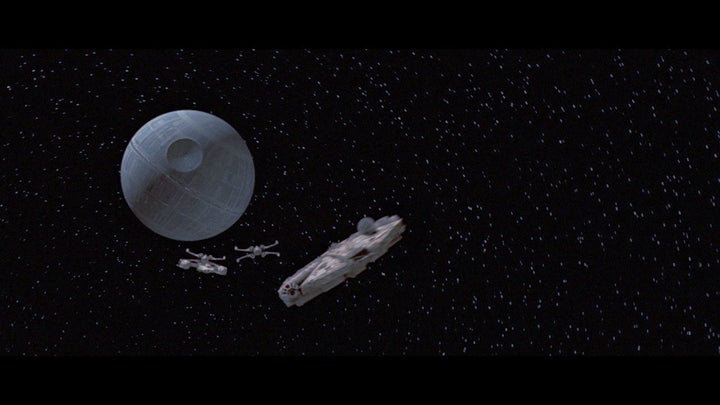
You don't necessarily have to wait for the Dec. 18 release of "Star Wars: Episode VII - The Force Awakens" to find out what happened after the Rebel Alliance destroyed the second Death Star. You just have to read an economics paper written by Zachary Feinstein, a professor of financial engineering at Washington University in St. Louis.
In the paper, which was posted to arXiv on Sunday, Feinstein argues that the Galactic Empire had spent such a huge amount of money on the two Death Stars that their destruction would likely have resulted in a "galaxy-wide financial crisis and economic depression."
Feinstein draws on some work published a few years ago to estimate that the two Death Stars would have cost the Empire about $419 quintillion. He assumes that this amount would have represented 0.21 percent of the total economic output of the galaxy and that the Empire would likely have taken out government bonds to cover much of the cost of construction. Finally, he posits that the galactic stock market would have taken a hit comparable to the hit the S&P500 took after 9/11.
With these factors in mind, Feinstein found that the destruction of the two gigantic space stations would have resulted in financial losses of about a sextillion dollars. (That's a 1 followed by 21 zeros, FYI.) That means that the Rebel Alliance would have to give the galactic financial system a bailout equivalent to a fifth of the total GDP of the galaxy to avoid a total collapse of their economy. That's a bigger share of the economy than the entire federal government in America spends today.
Between this and that wonky theory that Emperor Palpatine's cronies were the good guys in "Star Wars," we don't know what to believe anymore. Other than that a lot of academics are huge "Star Wars" fans.
Also on HuffPost:

